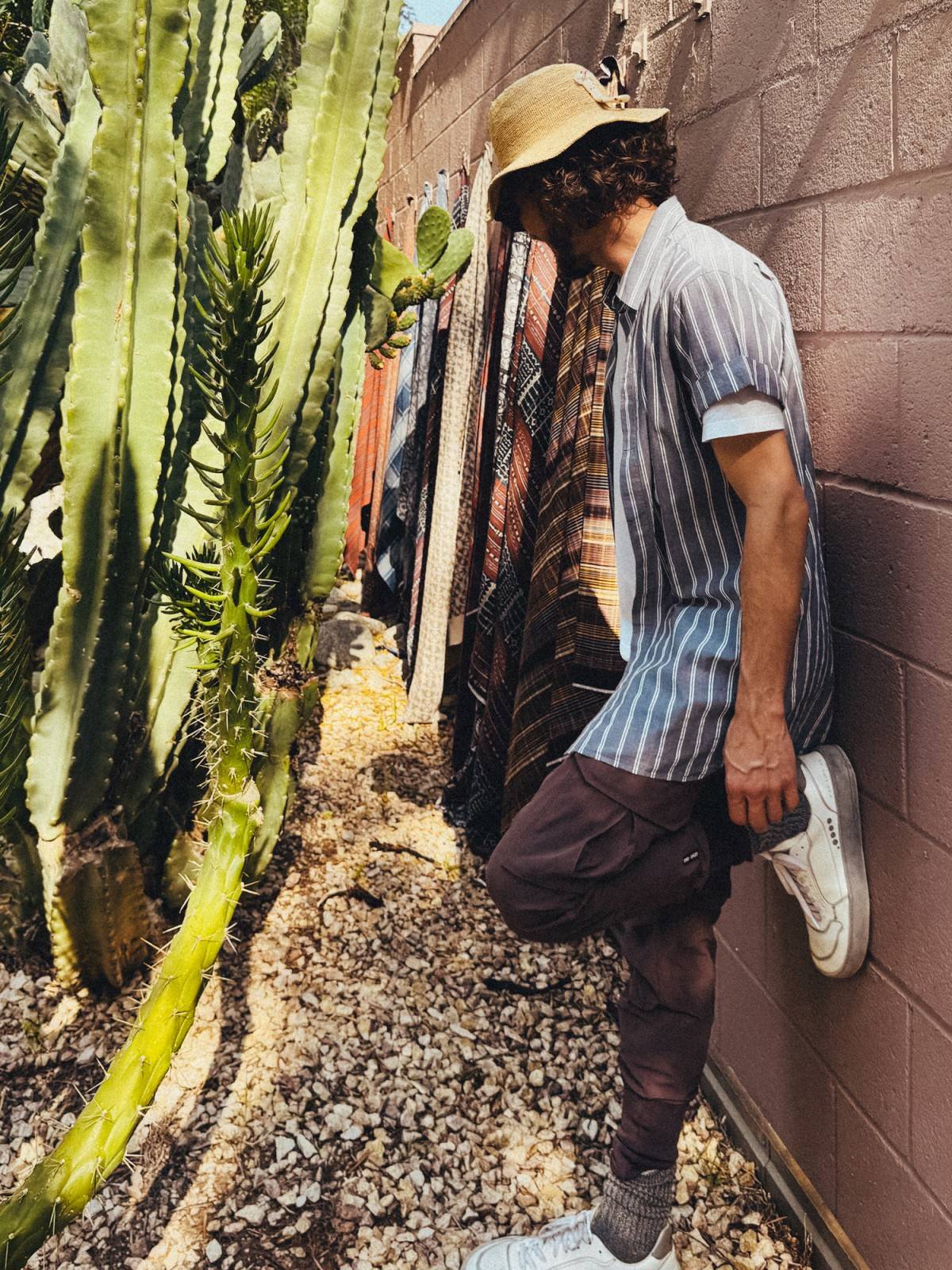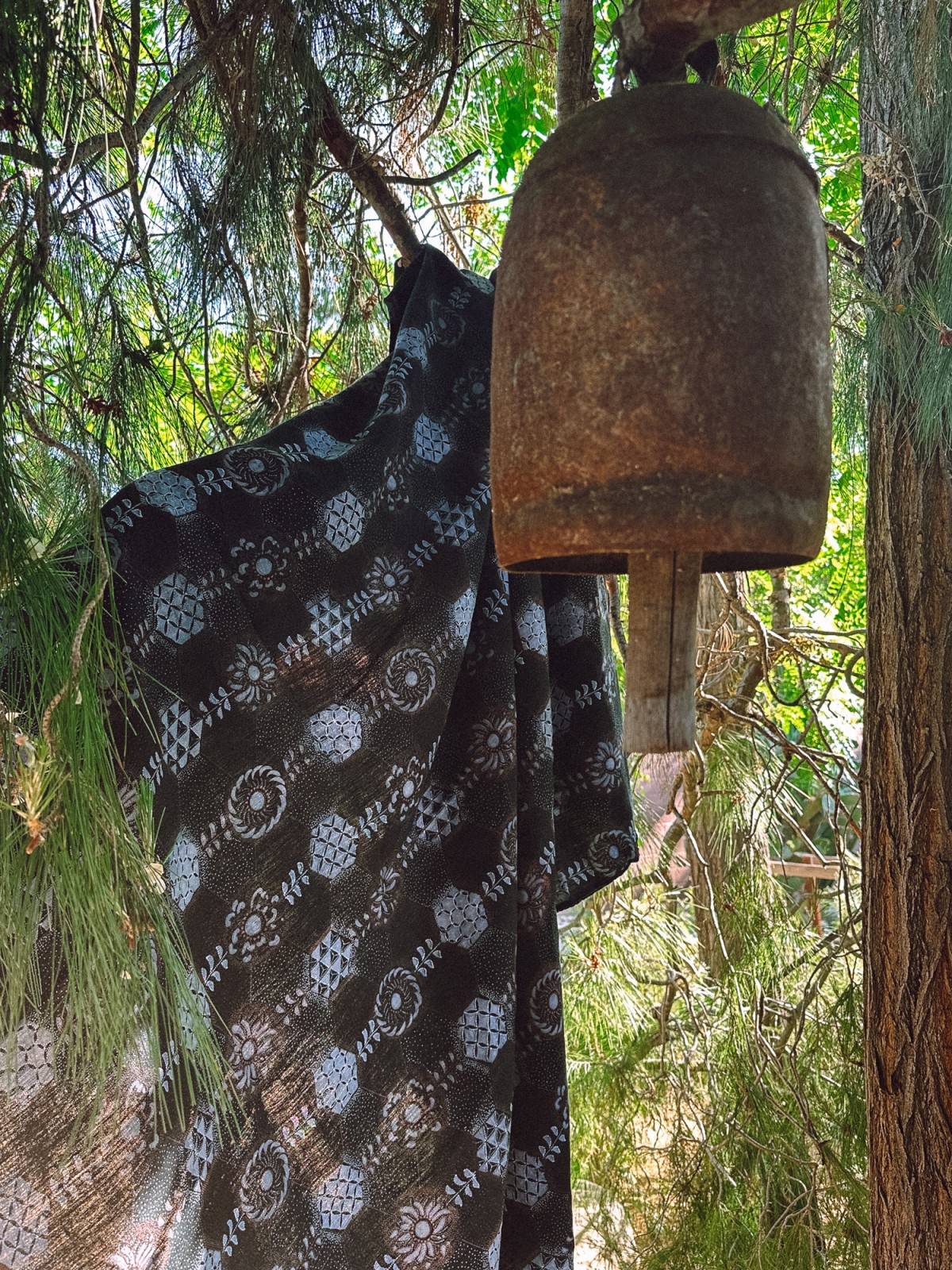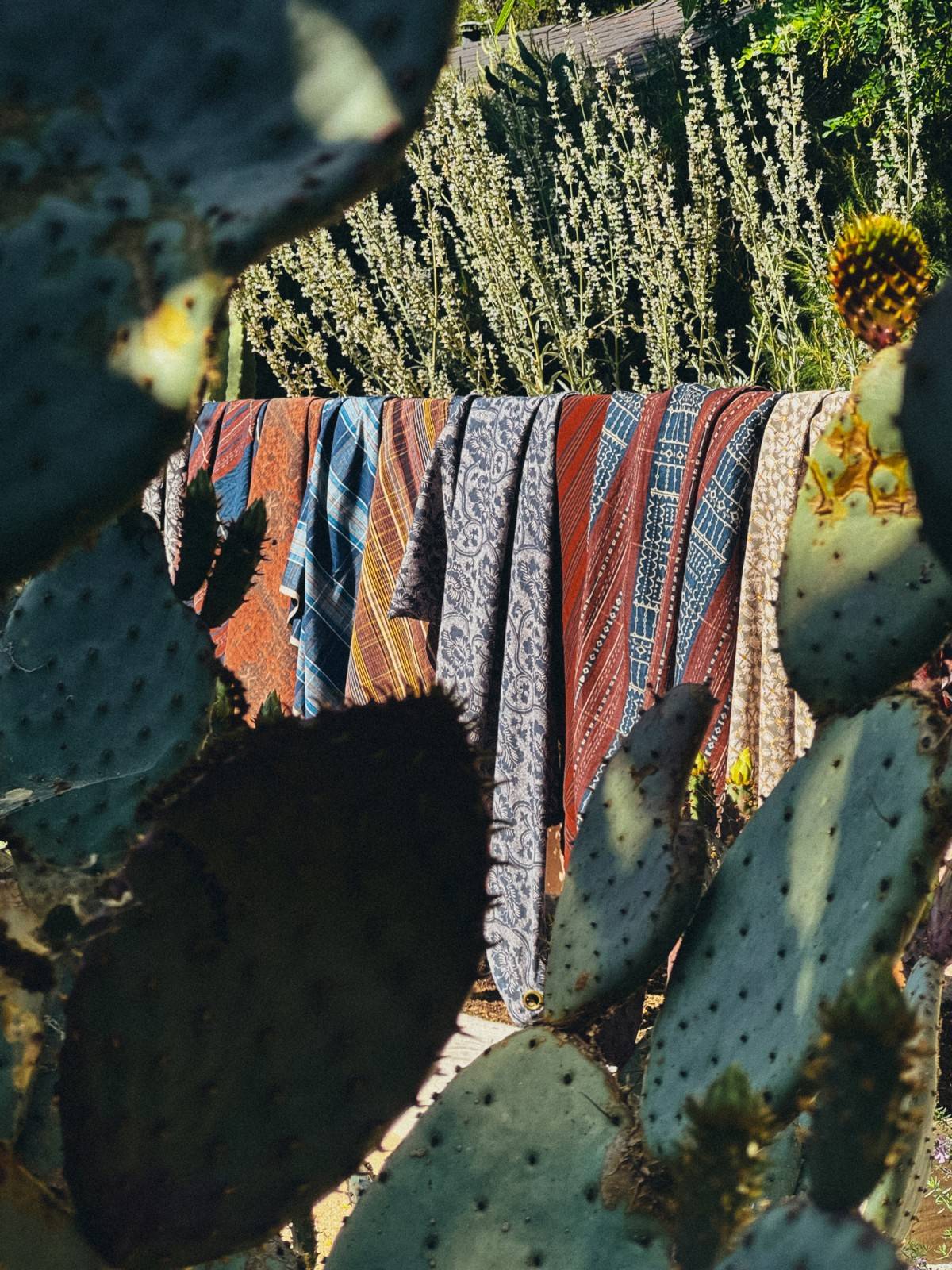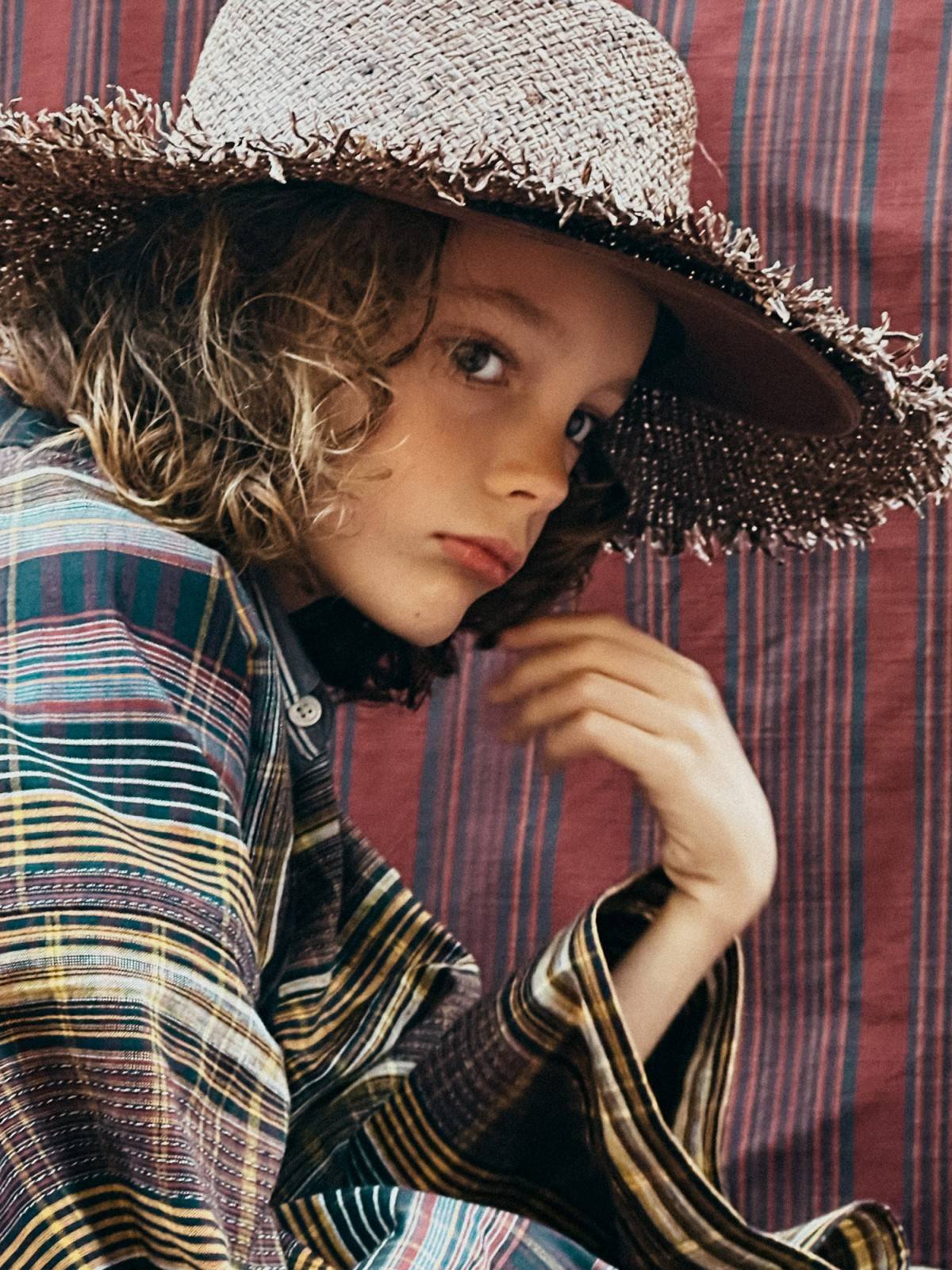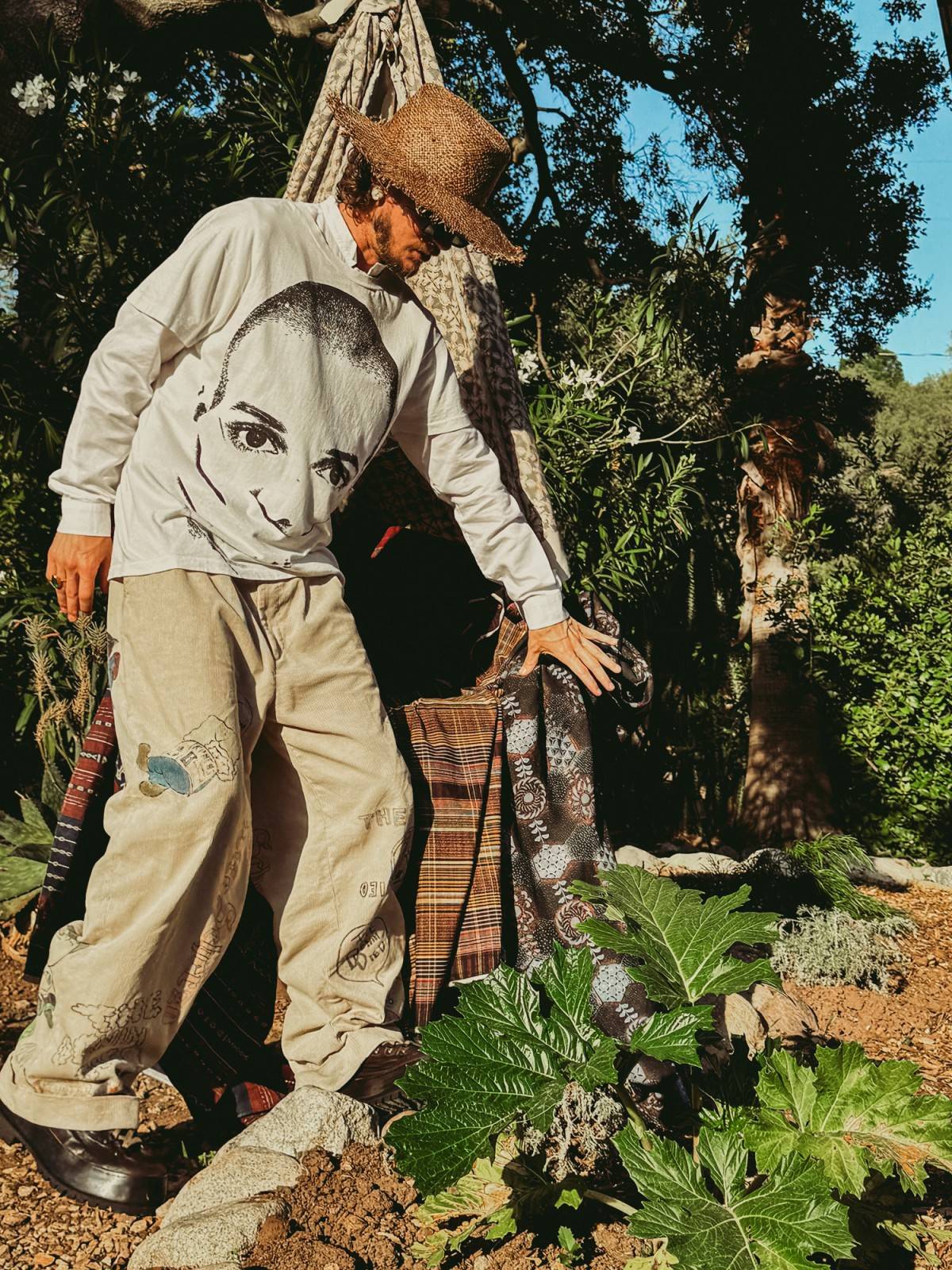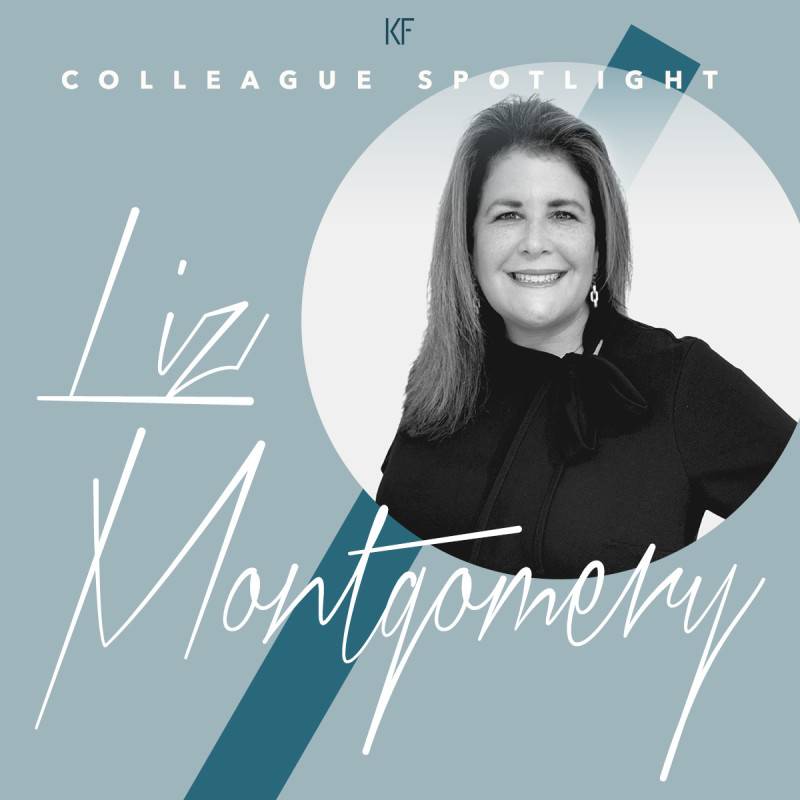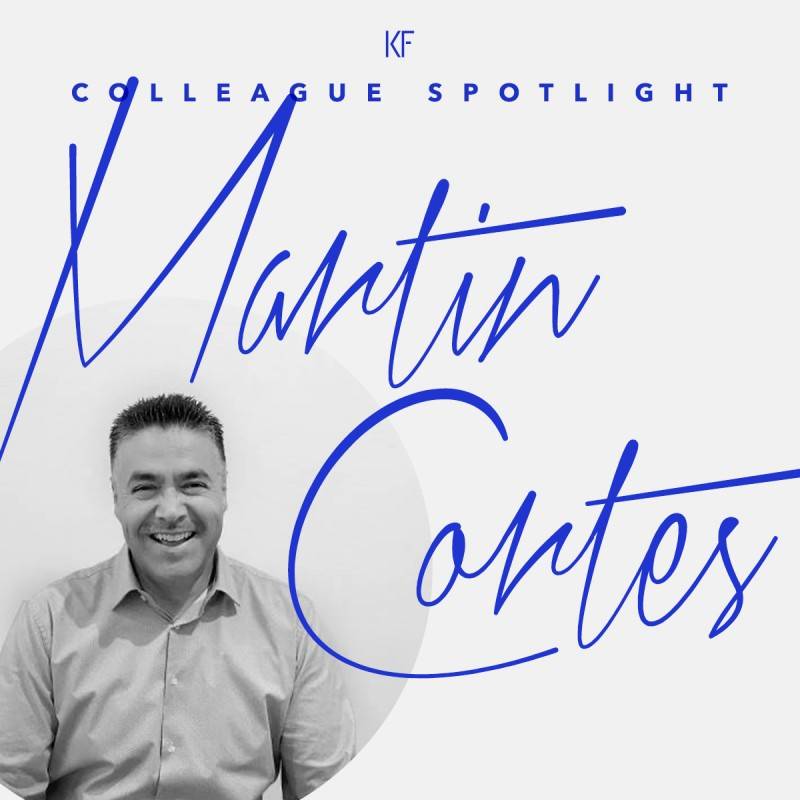The Story of Sean Leffers
Sean, we are so honored to partner with you this year as you officially launch your inaugural collections of textiles. In addition to product design, you are also an experienced interior designer. Tell us what life experiences led you to begin your journey in design.
I’ve always been interested in how spaces look, feel, and interact with the lives of the people who live in them. Whether I’m working on a project for someone else or designing a space for myself, I’m drawn to storytelling — the way all the individual elements accumulate into something coherent, revealing, and emotionally resonant.
Textiles have always been, for me, one of the most joyful tools in that process. They bring in color, texture, softness, historic and cultural references, restraint, exuberance, sex appeal. I think their impact on interiors is enormous — maybe even underestimated. That’s why when I start a project, the first place I go to are the textile showrooms. And why, eventually, I started this company.
The story of your textile collection began 15 years ago when you were inspired by a textile fragment you discovered at a flea market in Saint-Ouen. You now possess a collection of antique textiles in the thousands – can you tell us where they are from?
I have textiles from all over the world, but especially a lot from Asia. What excites me most is when a piece expresses the maker’s aesthetic sensibility — how they’re responding to the culture around them, or drawing inspiration from another tradition, and translating it through technical mastery into something lasting. That alone is a kind of alchemy. And then, of course, time has its way with the piece — adding wear, fade, softness, mystery.
Are there any of unusual note or that you prize the most?
I'm actually writing this while traveling, but a few pieces at home come to mind: an old American geometric quilt in perfect salmon and cream matelassé that lives on my bed, a 19th-century Vietnamese shirt covered in painted shamanic protection symbols — complete with blood stains (best laid plans, haha), and a stunning Japanese futon cover with an abstracted leaf pattern and the most elegant sun-fading I’ve ever seen. I love watching what time does to cloth. There’s so much beauty in that quiet transformation.
Your designs have a clear footing in storytelling, rooted in meaning and history. Why is that important for you and your work?
When it comes to textiles, I think of myself less as a designer and more as an editor — someone in conversation with the past. The process begins with historic material, usually created by an anonymous artisan, and continues with the master craftspeople I work with today, who reinterpret these designs using traditional methods and organic materials.
I believe storytelling is the foundation of meaning. It orients us. Without it, we’re just making things to fill space. With it, we’re building memory, culture, continuity. For me, knowing where the materials come from adds richness to the process. I hope that same depth is passed on to the designers who use our fabrics — and eventually, to their clients who live with them.
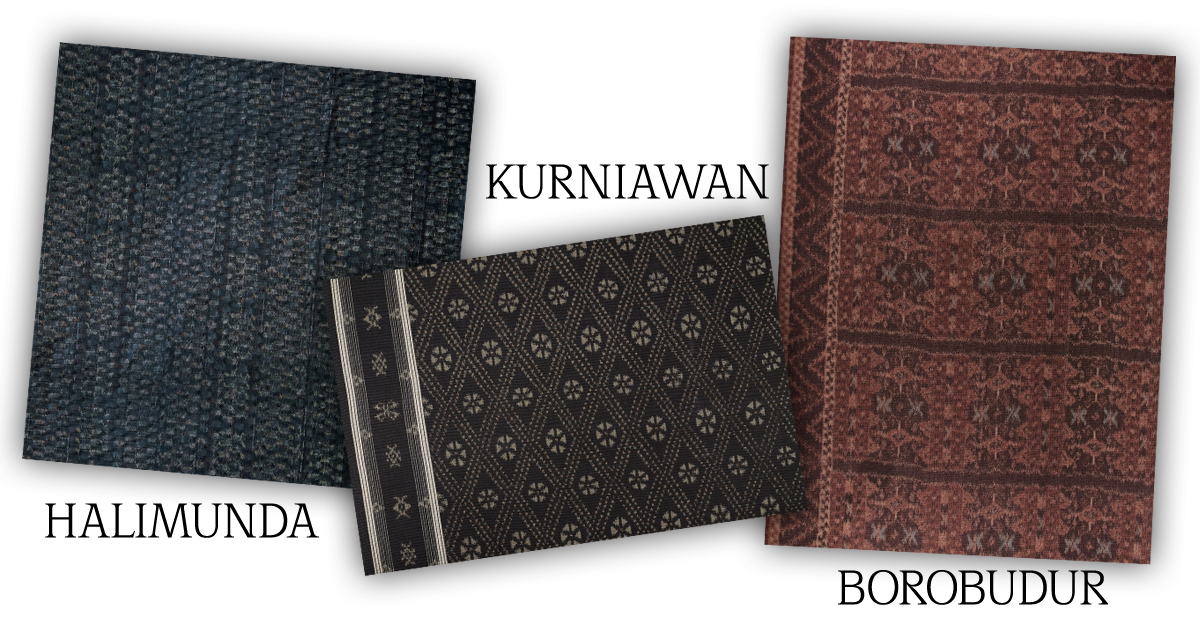
Which textiles do you design with first? Which is your favorite?
Lately, I’ve been using Halimunda, Borobudur, and Kurniawan to upholster furniture in my antique shop and make meditation and floor cushions. They’re incredibly sturdy while also feeling rich in texture and grounded in history.
As for favorites—it’s hard to say. Every textile we’ve produced made it through a long process of consideration and editing. There were many good options that didn’t make the cut. So, in a sense, they’re all my favorites.
Not only are you an interior designer and textile designer, but you are also a father! How has your experience been blending those worlds together? Does fatherhood influence or inform your approach to design in any way?
Fatherhood — and maybe just getting older — has made me think more about long-term relationships: personal, in business, community, and in creative collaboration. I’ve become more conscious of the systems and structures we build around ourselves, and how to make those strong and durable.
What is on the horizon for Sean Leffers Textiles? Anything you are experimenting with, or a tease about what the next collection will be?
I’ve been working hard on our first plains collections for this fall. They use organic, sustainable, and luxurious fibers — woven in ways that stretch the meaning of the word “plain.” At the same time, we’re continuing to work with expert artisans to reinterpret historic textiles from my collection, weaving them again with the care and complexity they deserve.
Rapid Fire
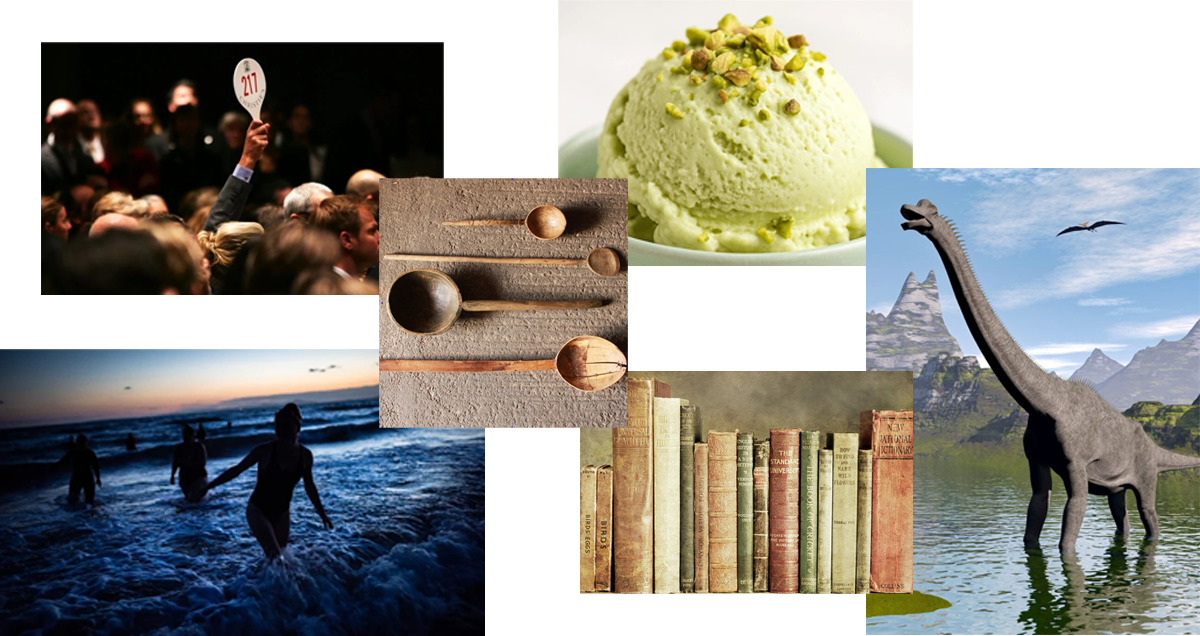
Guiltiest pleasure?
Bidding in auctions and pistachio ice cream.
Space of your dreams?
An old house in the countryside, with a garden, a working bathtub, a fireplace, and a kitchen with good light. Filled with my family, friends, and books I’m dying to read.
Favorite design object?
The simple, anonymous ones — things made by hand and worn beautiful by use. A wooden spoon, a threadbare towel, a well-patched shirt.
Summer tradition you love the most?
Skinny dippy under the stars.
What is your go-to host/hostess gift to give?
A book I’ve enjoyed and think they might too, bought from a local bookstore.
If you could choose time travel, or the ability to see into the future, which would you choose and why?
Definitely time travel, the future is coming soon enough. I think I’d like to go check out what the pyramids were really being used for, hang out with Jesus and the Buddha, and see dinosaurs in person.
